Martín Dihigo: The Negro League Shohei Ohtani?
The Power Hitter Pantheon: Baseball’s Greatest Home Run Heroes
This project aims to determine the greatest home run hitter of all time by comparing each slugger’s statistics to the average of their era using three formulas. The final adjusted stats will then be used to compare them head-to-head with other all-time greats.
If you find this content valuable and would like to support the ongoing studies and articles, your contributions via CashApp are truly appreciated.
Your support helps fund the tools, research, and time dedicated to these projects. Every contribution, no matter the size, plays an important role in keeping this work going.
If you're unable to contribute financially, sharing this article on your social media (X, Facebook, etc.), emailing it to a friend, or texting the link to a fellow baseball fan is just as valuable.
Thank you for your support!
Martín Dihigo will be the next legendary Negro League slugger examined in this study. For a detailed biography of Dihigo, please click here.
According to Baseball Reference, Dihigo’s official statistics reveal a total of 68 home runs over 1,418 at-bats resulting in an average of at-bats per home run 20.85 (AB/HR).
Martín Dihigo played in the Eastern Colored League (ECL) from 1923 to 1927, the American Negro League (ANL) in 1929, and the Negro National League II (NN2) from 1935 to 1945.
When aggregating the statistics from each of the seasons Dihigo competed in, the league totals include 111,324 at-bats and 1,568 home runs, resulting in an average of 71 at-bats per home run (AB/HR).
With this data, we can evaluate how Dihigo’s performance compared to the average Negro League hitter of his era.
Raw Difference: 50.15
Formula: League Average – Player Career AverageImprovement Factor: 3.41x
Formula: League Average / Player Career AveragePercentage Difference: 70.63%
Formula: (League Average – Player Career Average) / League Average × 100%
AB/HR:
Across the seasons Dihigo played, the average player required 71 at-bats to hit a home run. This higher number suggests home runs were less frequent league-wide. Dihigo hit a home run roughly once every 20.85 at-bats. A lower AB/HR indicates a higher frequency of home runs, so this is a strong individual performance metric for a slugger.
Raw Difference:
Dihigo’s AB/HR was 50.15 at-bats lower than the league average, a substantial gap that highlights his superior power-hitting ability.
Improvement Factor:
Dihigo hit home runs 3.41 times more frequently than the average player. This multiplier underscores his dominance—his efficiency was more than triple the norm.
Percentage Difference:
Dihigo’s AB/HR was 70.63% better (lower) than the league average, reinforcing that his performance was a significant outlier in a positive direction.
Dihigo’s 20.85 AB/HR is impressive by any standard, but it’s especially striking against the league’s 71 AB/HR. He was a standout slugger in an era where home runs were relatively rare.
A 3.41x improvement factor and 70.63% better-than-average performance indicate Dihigo wasn’t just good—he was exceptional, one of the top power hitters of his time in the Negro Leagues.
In our initial analysis, we examined the careers of Mickey Mantle, Alex Rodriguez, and Joe DiMaggio using our formulas. Following that, we also evaluated the careers of Josh Gibson, Sadaharu Oh, Buck Leonard, Tetsuharu Kawakami, Mule Suttles, Noboru Aota, Oscar Charleston, Katsuya Nomura, Turkey Stearnes, Makoto Kozuru, Willie Wells, Hiromitsu Ochiai, Wilson Redus, Kazuhiro Yamauchi, Dewey Creacy, Hiromitsu Kadota, Edgar Wesley, Koji Yamamoto, Jud Wilson, Fumio Fujimura, John Beckwith, and Kazuhiro Kiyohara.
Now, let's compare Dihigo’s career statistics against these baseball legends to gain a clearer perspective on how he stacks up.
Raw Difference:
This gap reflects Dihigo’s ability to crush home runs at a pace far exceeding his peers (50.15). Very few of these legends surpass him here, with names like Josh Gibson (64.38), Turkey Stearnes (59.58), and Mule Suttles (57.74) leading the pack. Dihigo’s 50.15 is a testament to his raw power, outpacing icons like Mickey Mantle (26.10), Joe DiMaggio (36.43), Sadaharu Oh (25.66), and Alex Rodriguez (16.24).
Improvement Factor:
Dihigo hit homers 3.41 times more often than the average player in his era—a dazzling figure. He’s tied with Sadaharu Oh and Oscar Charleston at 3.41x. Compared to modern greats like Alex Rodriguez (2.07x), Dihigo’s efficiency is staggering.
Percentage Difference:
This metric shows Dihigo was 70.63% better than his league’s norm, a near-top-tier mark. He’s neck-and-neck with Buck Leonard (70.97%) and Sadaharu Oh (70.65%). Against MLB legends like Mantle (63.32%), Dihigo holds his own and then some.
Dihigo’s Statistical Orbit
Oscar Charleston (55.53, 3.41x, 70.71%): Nearly identical to Dihigo in Improvement and Percentage Difference, with a slightly higher Raw Difference. Charleston, a Negro League icon, mirrors Dihigo’s dominance.
Sadaharu Oh (25.66, 3.41x, 70.65%): Japan’s home run king matches Dihigo’s 3.41x and is razor-close in Percentage Difference.
Buck Leonard (54.52, 3.44x, 70.97%): Another Negro League titan, Leonard’s stats are a hair better across the board.
John Beckwith (58.37, 3.43x, 70.86%): Beckwith edges Dihigo slightly.
A Titan Among Titans: Dihigo’s 3.41x Improvement Factor ties him with legends like Oh and Charleston, but his 50.15 Raw Difference and 70.63% edge cement him as a power-hitting marvel. Few matched his blend of frequency and impact. He outpaces MLB icons like Mantle and Rodriguez in relative dominance, suggesting he’d have thrived in any league.
Martín Dihigo stands as a towering figure among the greatest in baseball history, with a remarkable 50.15 Raw Difference, 3.41x Improvement Factor, and a 70.63% Percentage Difference, solidifying his status as a power-hitting virtuoso.
These achievements are all the more impressive when considering his dominance on the mound as a pitcher. His abilities earned the respect of the legendary Satchel Paige, underscoring Dihigo's exceptional prowess as a two-way player, much like the modern-day phenomenon, Shohei Ohtani.

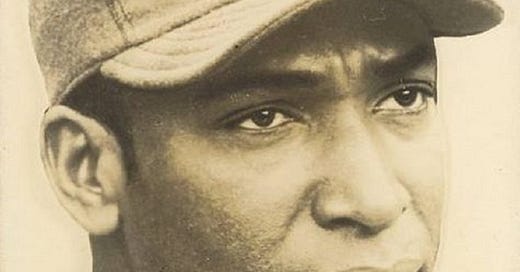



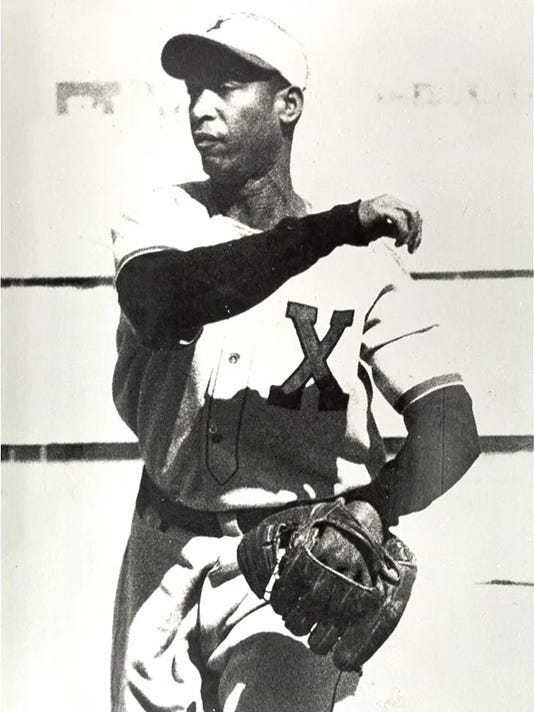
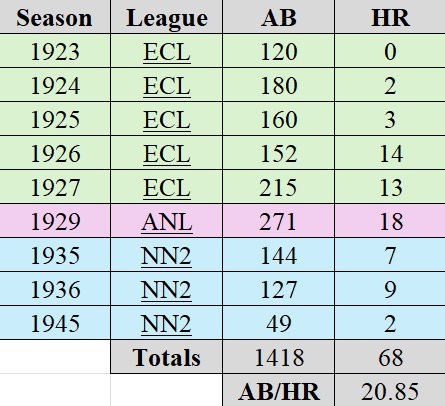
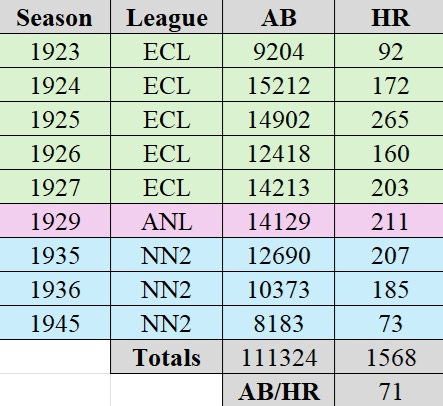
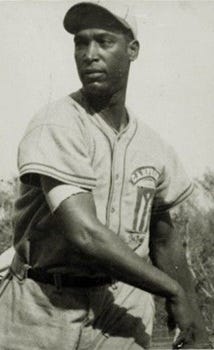
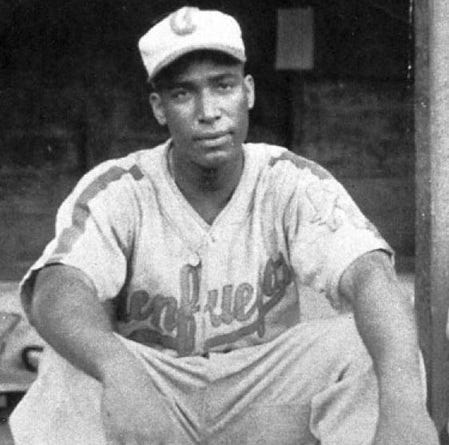
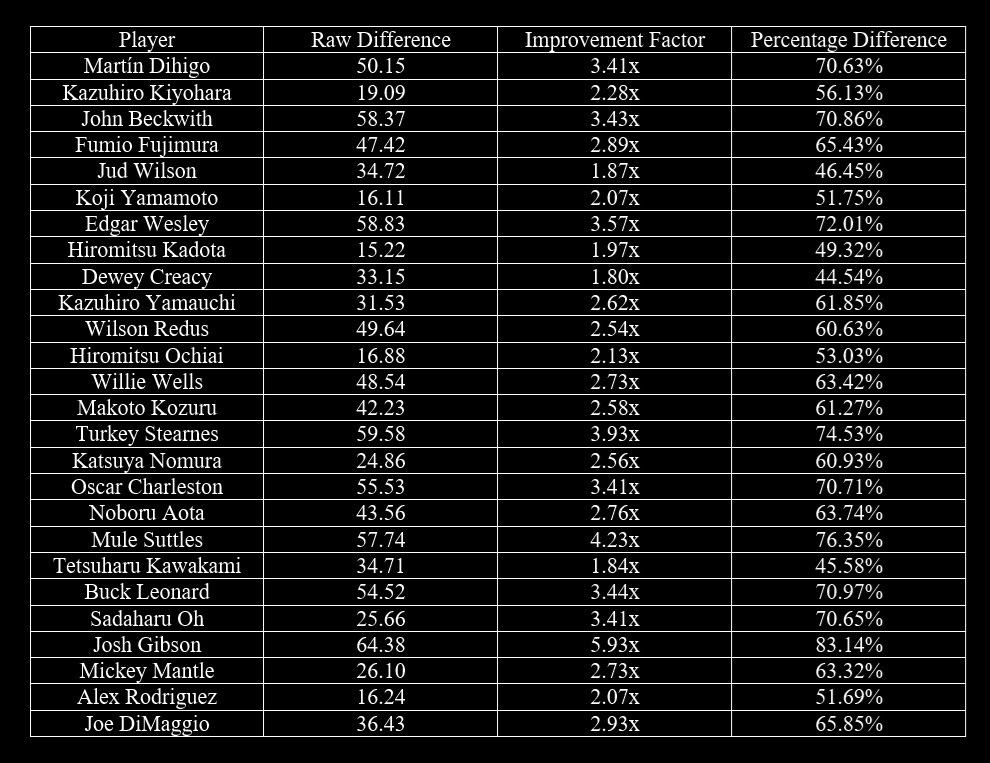
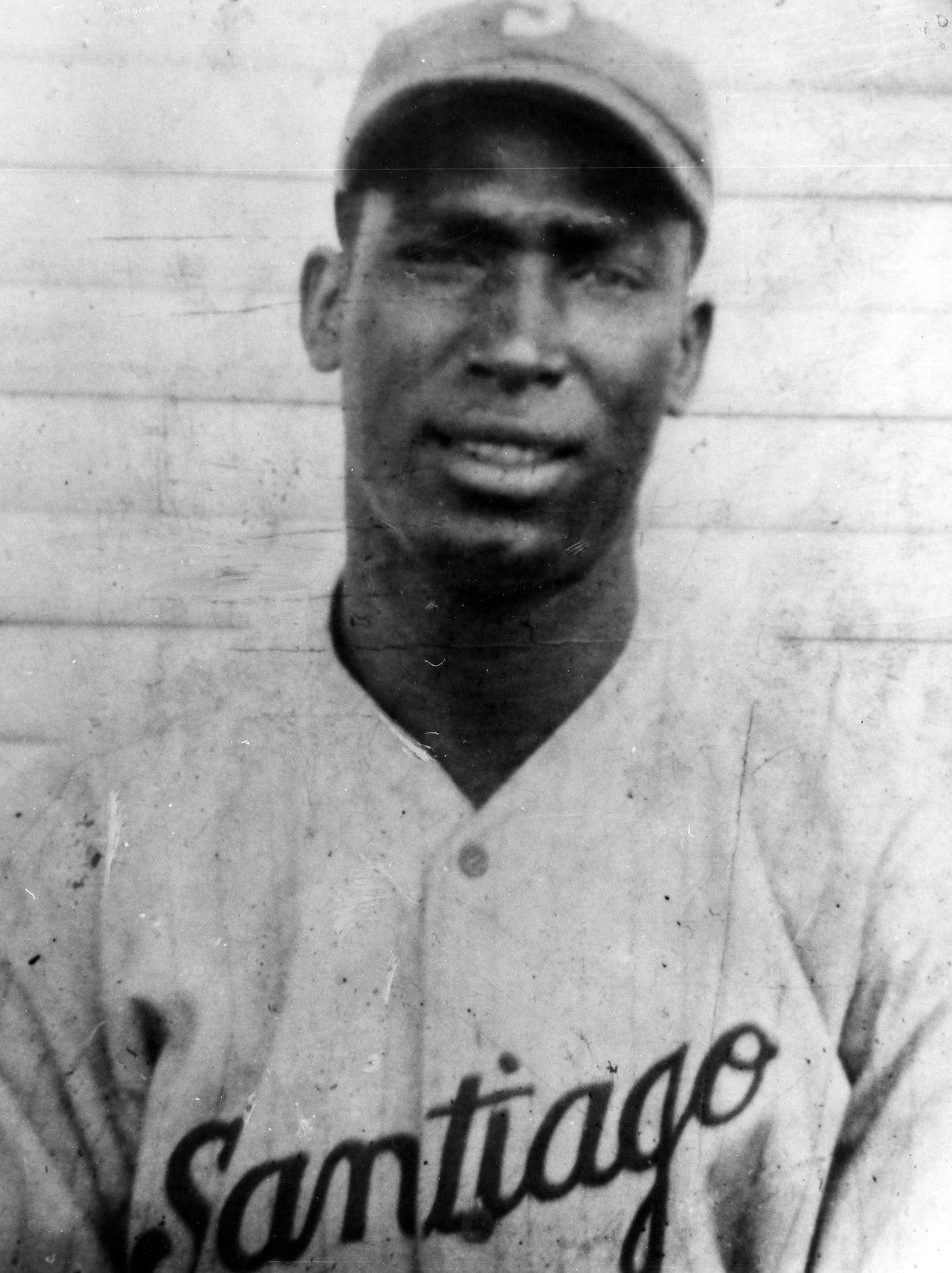
He was a walking ball club on his own.